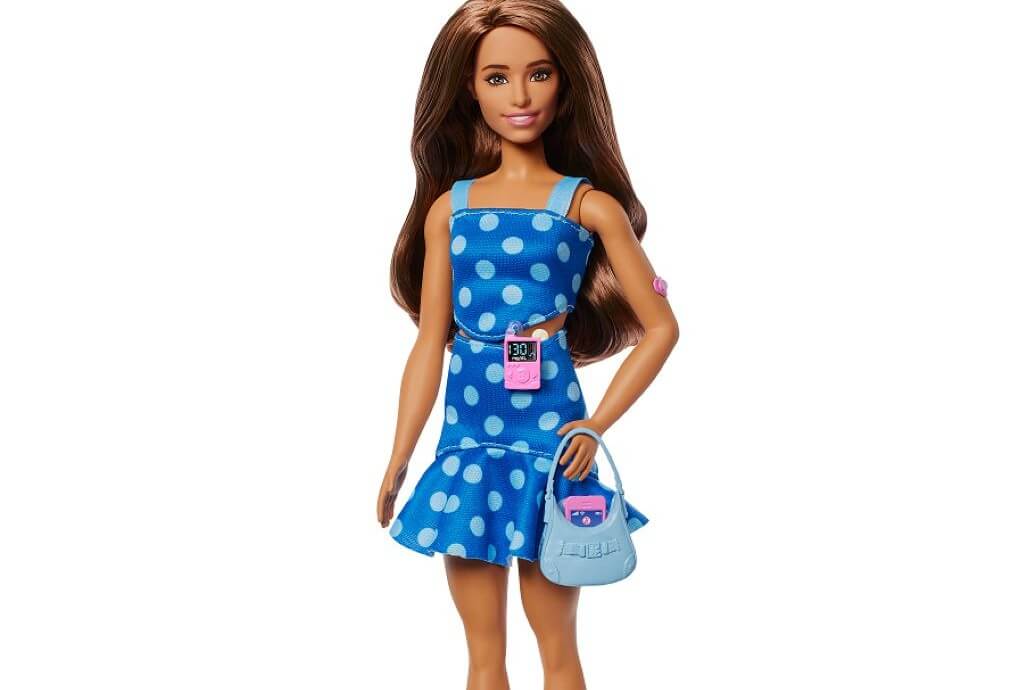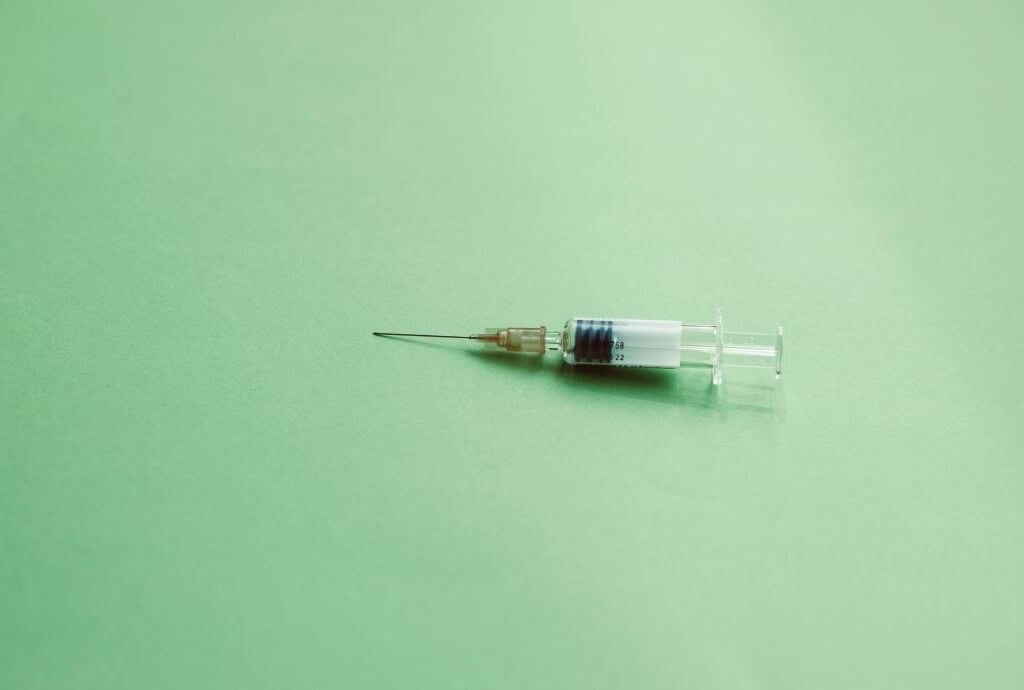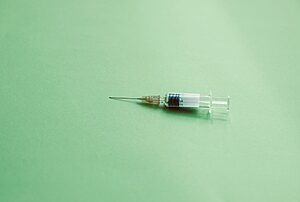Summarised by Centrist
Mattel has released a new Barbie doll with Type 1 diabetes, part of its wider push to promote inclusivity and medical representation in toys.
Developed with advocacy group Breakthrough T1D, the doll features a continuous glucose monitor on her arm, an insulin pump on her waist, and a smartphone displaying a tracking app. She also carries a blue purse for snacks or supplies and wears a blue polka-dot outfit, a nod to global diabetes awareness.
The aim is to help children see their experiences and devices normalised in everyday play. “Barbie helps shape children’s early perceptions of the world,” said Mattel’s Krista Berger. “By reflecting medical conditions like T1D, we ensure more kids can see themselves in the dolls they love.”
The doll is also intended to help reduce stigma around wearable medical technology. Lila Moss, daughter of supermodel Kate Moss and a Type 1 diabetic herself, was honoured with a custom version of the doll and said she hoped it would encourage others to “wear their pump proudly.”
Type 1 diabetes is a condition where the body stops producing insulin, requiring daily monitoring and the use of devices like pumps and sensors. Advocates say making these devices visible on a doll helps turn them into symbols of strength, not shame.
The release is part of Mattel’s Fashionistas line, which has also featured dolls with Down syndrome and other disabilities. The company says its goal is to make all children feel seen, included, and confident in who they are.



















